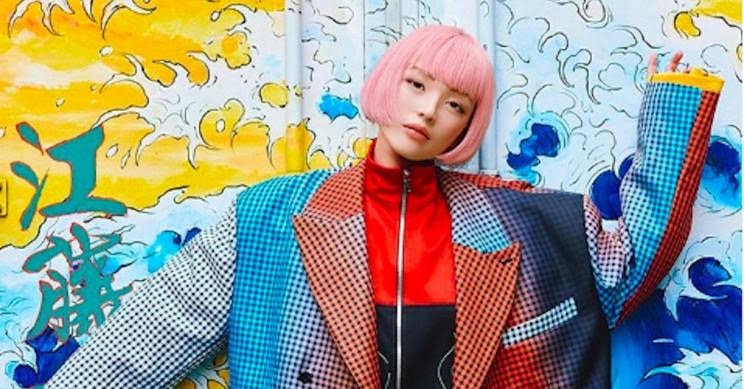Endlessly scrolling down your Instagram feed & wading through persuasive posts & the profiles of those that seem to have an ideal life is a definitive pleasure in this undeniably advanced age.
The craving for more content made influencers, who inspired others, to pursue the figment of the so-called “Insta-Life”.
Notwithstanding, the ascent of influencer marketing seemed to draw out a clouded side in certain individuals. Some influencers began to give signs of entitlement & even requested free hotel rooms for their excursions.
The insufficiency of looking through another person’s highlight reel was additionally accused for harming its users psychological prosperity.
But deep down, we all know it’s a picture-perfect lie.
COVID-19 & worldwide lockdowns immediately grounded influencers who instantly observed their income streams disappear. By contrast, the worldwide video gaming market increased to $170 billion. With no place to go or anybody to see, many spent more cash on dressing their digital avatar than themselves.
With human influencers locked down, it was the ideal opportunity for the virtual influencers to sparkle.
The Rise of the Virtual Influencer
As indicated Business Insider Intelligence, brands are to spend $15 billion yearly on influencer marketing by 2020, expanding $8 billion from a year ago. Virtual influencers are ending up being simpler to work with & significantly more worthwhile than their human competitors.

Indeed, even before COVID, Riot Games, the studio behind the esports game League of Legends, had the decent issue of serving 8 million simultaneous every day clients. However, 2020 will be recognized as the year that the studio uncovered its best creation, a “digital influencer & artist” called Serapchine.
With over 447,000 followers and 10x more engagement than your average human influencer on Instagram, fake influencers demand to be taken seriously by businesses.
While Seraphine is plainly an animated character, the hazy line between fake & reality looks set to vanish with the hyper-realistic characters introduction. Imma is Japan’s first virtual model. She is recognized by her signature pink bob. However, it’s not all that simple for clueless clients that she is, indeed, a virtual character.

With a tremendous following, many will look on with envy at imma carrying on with her best life & working together with top artists & brands but none of it is real. Ironically their human rivals surrendered their realness & authenticity.
The highest-earning Virtual Influencers
Lil Miquela is moving towards 3 million followers on Instagram and almost 600,000 followers on Spotify. The virtual artist is also expected to help produce $11.7 million for her creators this year after effective promotions with brands, for example, Calvin Klein & Prada.
As per OnBuy, Miquela is the highest earning virtual influencer & acquires around £6,550 per sponsored post.
Shudu is the world’s first digital supermodel who has even had an editorial published with the fashion industry site WWD. Her commentary is amazingly reminiscent of real life supermodels.
On the other hand, UGG boot-wearing Bermuda is probably going to be seen discussing herself & promoting Starbucks.
Blawko wears a mask that covers half of his face which appears to be inspired by the pandemic. Self proclaimed young robot sex symbol even has an on/off relationship narrative with Bermuda. Regardless of whether the virtual influencers can eliminate the unrealistic beauty & lifestyle standards set by their human predecessors or on the off chance that they are bound to enhance them is still up for debate.
Blurring the Lines of Reality
Virtual people have a wide range of virtual influencers that brands can work with or even assist organizations with making their own. As we explore these unchartered digital waters, there is a contention that we could wind up accidentally misusing young audience.
Back in 2017, leaked documents suggested that Facebook shared psychological insights on young people with advertisers.
The data teenagers were creating empowered interpersonal organization to recognize when youngsters felt insecure, useless, & generally vulnerable to a confidence support from a brand.
While blurring the lines among dream & reality, same data can be rejuvenated through credible virtual characters that their intended interest audience can relate with.
Virtual influencers haven’t entered the mainstream yet. But with billions & huge business potential, we can hope to see increasingly more PC produced big celebrities wearing real clothing labels & consuming similar brands as us on our social feeds over the next few years.
How did we get here? Amusingly, our real world is comprised of individuals dressing virtual characters instead of themselves & unendingly looking on their telephones taking a look at the phony existences of others as opposed to talking with the individual next to them in a restaurant or bar.
Our lives have been lacking reality for longer than many realize. It’s just taken the rise of virtual influencers to awaken us to the realness & genuineness that we hunger for from our world.




